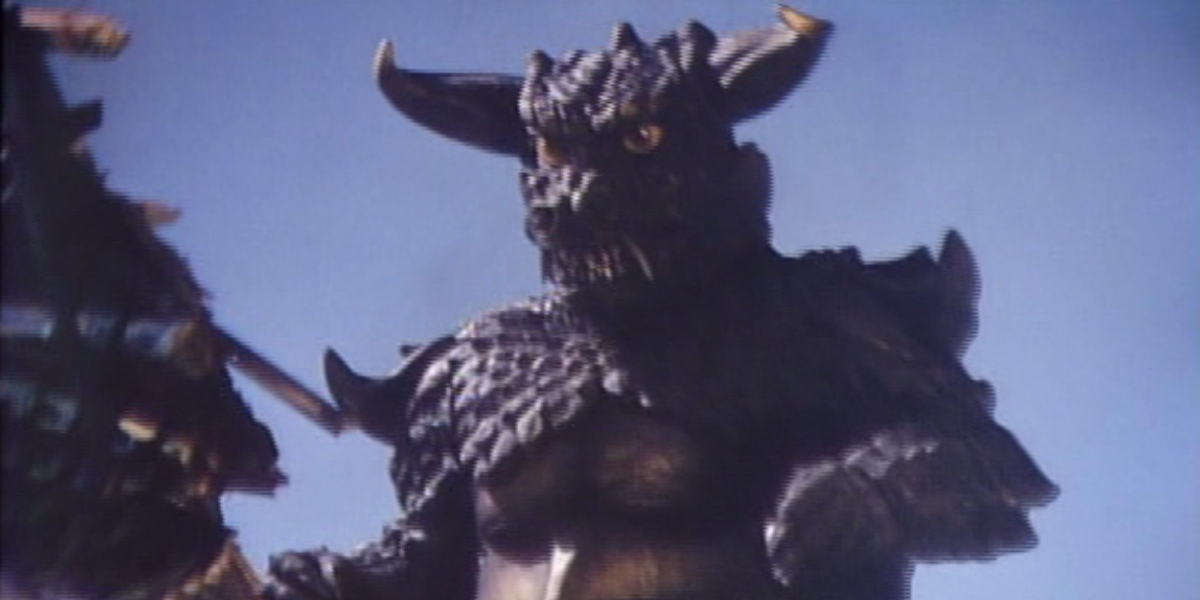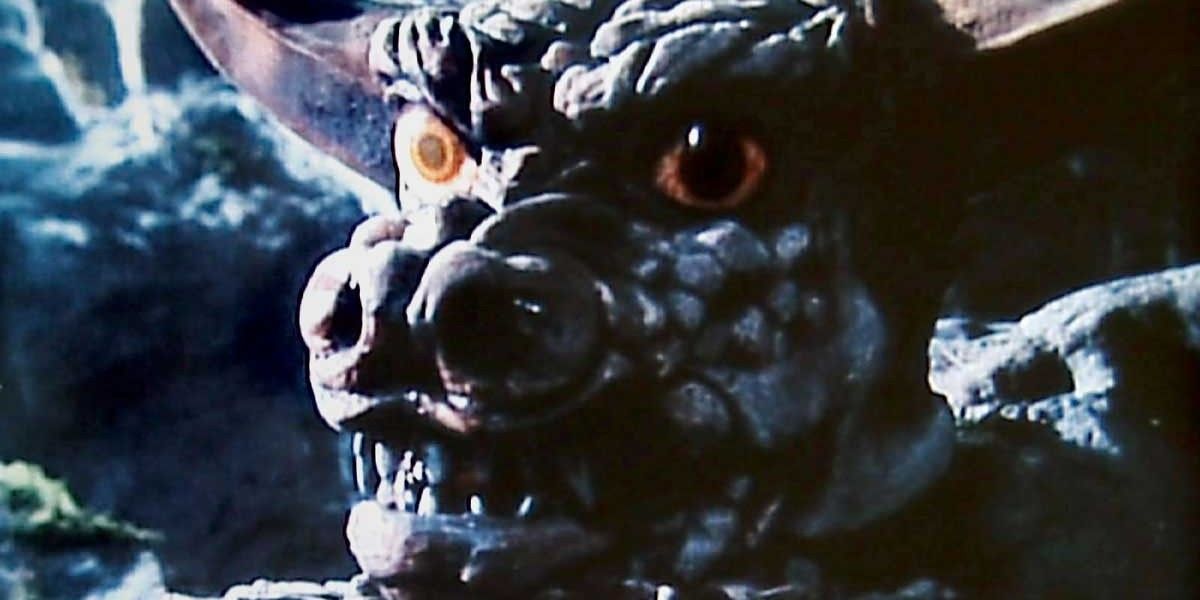Kaiju movies are known the world over, namely due to the city-stomping exploits of the menacing Godzilla. This radioactive monster single-handedly sent the franchise into stardom, having several hit films throughout the decades. The result is that he's also inspired a slew of knockoffs, one of which had an equally horrifying true story behind its creation.
Pulgasari was an infamous 1985 film made in North Korea, all at the behest of future dictator Kim Jong-il. The result was a movie meant to be a sort of propaganda monster movie, though its message ended up subtly criticizing the man who commissioned it. Here's how the darkest Godzilla wannabe rampaged in feudal Korea and the real life of its director.
The Plot of Pulgasari, the North Korean Godzilla Ripoff
Set in the past of the unified Korea, Pulgasari involves a village besieged by a vile king who mistreats those he rules over. One of his latest victims is a blacksmith whose daughter forges a small figurine of a beast that could one day rise up and defend the people. Her wishes come to pass when her blood touches the statue, bringing it to life as the monstrous Pulgasari. This gives the two a powerful link, with Pulgasari's presence inspiring the innocent farmers to finally fight back against the king.
The evil ruler uses the blacksmith's daughter against the creature, who chooses to surrender instead of seeing her harmed. Pulgasari is then briefly killed by the opposing army, but the woman sprinkles more of her blood where he died and revives him. After the king's defeat, however, the monster becomes a threat to the very people it was meant to protect, uncontrollably feeding on their farm tools and other sources of metal. This causes the blacksmith's daughter to sacrifice herself, thus killing the monster she created in the process.
Pulgasari Had an Even More Frightening Behind the Scenes Story
Pulgasari himself is as inspired by Godzilla and similar kaiju as he is by bulgasari, a legendary Korean creature that was also in a South Korean monster movie of the same name. The director was Shin Sang-ok, a South Korean filmmaker who had found a fan in none other than Kim Jong-il, the son of then-current North Korean dictator Kim Il-Sung. Also a big fan of giant monster movies, Kim Jong-il had Shin and his wife kidnapped to make movies for North Korea. One of these blatant propaganda pieces was Pulgasari, which was meant to embody the country's take on socialism through the unity of the farmers. Likewise, the monster was meant to portray the supposed dangers of capitalism, which would grow and hunger perpetually.
In the end, Shin actually put in messaging that reversed this intent, with the monster meant to protect the people becoming their biggest threat. Thus, Pulsagari was a stand-in for the Kim family itself, oppressing and harming the people it was meant to serve. Of course, this messaging was likely lost due to the film still containing many of the beloved tropes of the kaiju genre, with the 1984 film The Return of Godzilla in the then-modern reboot Godzilla series being the main influence. Staff from Toho Studios, the makers of the Godzilla franchise, actually worked on the film, lured in under false pretenses.
Thankfully, Shin and his wife were able to escape the clutches of the Kim regime, breaking away during a press tour for the film. Nowadays, Pulgasari is an infamous cinematic example of the nature of North Korea's ruling family. For as terrifying as the movie and its title monster may have been, they're nothing in comparison to the real-life horror story experienced by the film's unlucky director. Though Godzilla may still have a ton of movies coming down the line, Pulgasari is thankfully being left in obscurity.

.jpg)

